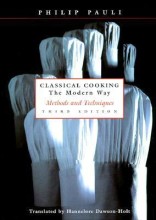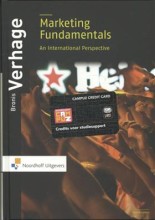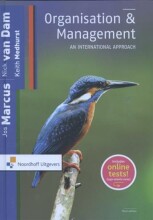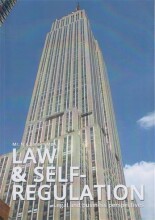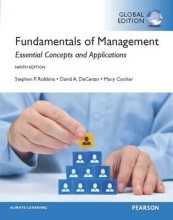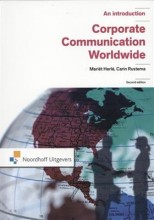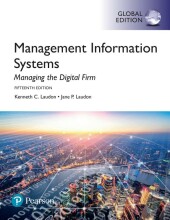Product development - The food and beverage product
30 important questions on Product development - The food and beverage product
What is the second step after concept development phase?
What happens in the second stage of concept development?
The meal experience concept has 5 factors. What are the 5 factors?
2. Level of service
3. Cleanliness and hygiene
4. Value for money/price
5. Atmosphere
- Higher grades + faster learning
- Never study anything twice
- 100% sure, 100% understanding
What influences the 5 factors of a meal experience?
What is the experience escape?
What is the focus of food and drink?
Because of what can operators be creative in the food and beverage list?
This is possible because of the almost endless permutations of range, tastes, textures and presentations of food and beverages. Because of this the operator can generate product differentiation.
Give 3 examples of service methods.
2. Buffet service
3. Cafetaria service
Can be selected the most appropriate method to meet the demands of their customers
What are the 2 key service aspect in the f&b service?
2. Conviviality (gezelligheid): the way the service is carried out, and the friendliness and attitude of the staff.
How can you achieve balans between efficiency and conviviality?
What is the cost plus pricing method?
Why is cost plus pricing attractive?
What is the negative side on cost plus pricing?
2. It makes the assumption that the required profit can be established by making it a standard percentage of the selling price. Does not work for every restaurant.
3. Does not take into account that each dish/beverage is only part of a collection of items purchased to produce the meal experience.
What are the prime costing methods?
What is the negative side of prime costing?
2. No account is taken of volume of business or item popularity in assessing the labour content of a dish.
3. Not taking into account economies and diseconomies of scale.
4. Allocating fixed and variable costs to each menu item should at least be related to the volume of each dish sold rather than a fixed % figure to be used for each menu item.
What is backward pricing method?
What are difficulties in backward pricing?
2. Ingredient costs
3. Labour costs
4. Care must be taken to avoid the problems of using percentages.
What is the profit-per-customer pricing method?
How is are menu prices determined with elasticity pricing?
What are negative sides on competition pricing?
2. Copying the competition may take the form of special offers.
What are other pricing strategies?
2. Break-even analysis
3. Cost margin analysis
4. Individual menu item profit and loss
5. Frequency distribution pricing
What are the 4 pricing objectives?
2. Market share gain: where objectives is to increase your number of customers relative to the total possible market and the competition.
3. Profit maximisation: where the pricing objective is to achieve the highest profit possible.
4. Market penetration: where the pricing objective is to move from a position of a zero or low market share to a significant market share.
How is atmosphere created?
Through what is atmosphere sensed? (7)
2. Sound
3. Touch
4. Taste
5. Smell
6. The attitude of the staff
7. Other customers
How do operators use sight?
How do operators use sound?
How do operators use touch?
How do operators use taste?
How do operators use smell?
Give 7 examples of policies an operation can choose to have.
2. Mobile phone use
3. Maximum group size
4. Accepting children
5. Alcohol over-consumption
6. Minimum levels of acceptable customers behaviour
7. Mix of customers
The question on the page originate from the summary of the following study material:
- A unique study and practice tool
- Never study anything twice again
- Get the grades you hope for
- 100% sure, 100% understanding




















